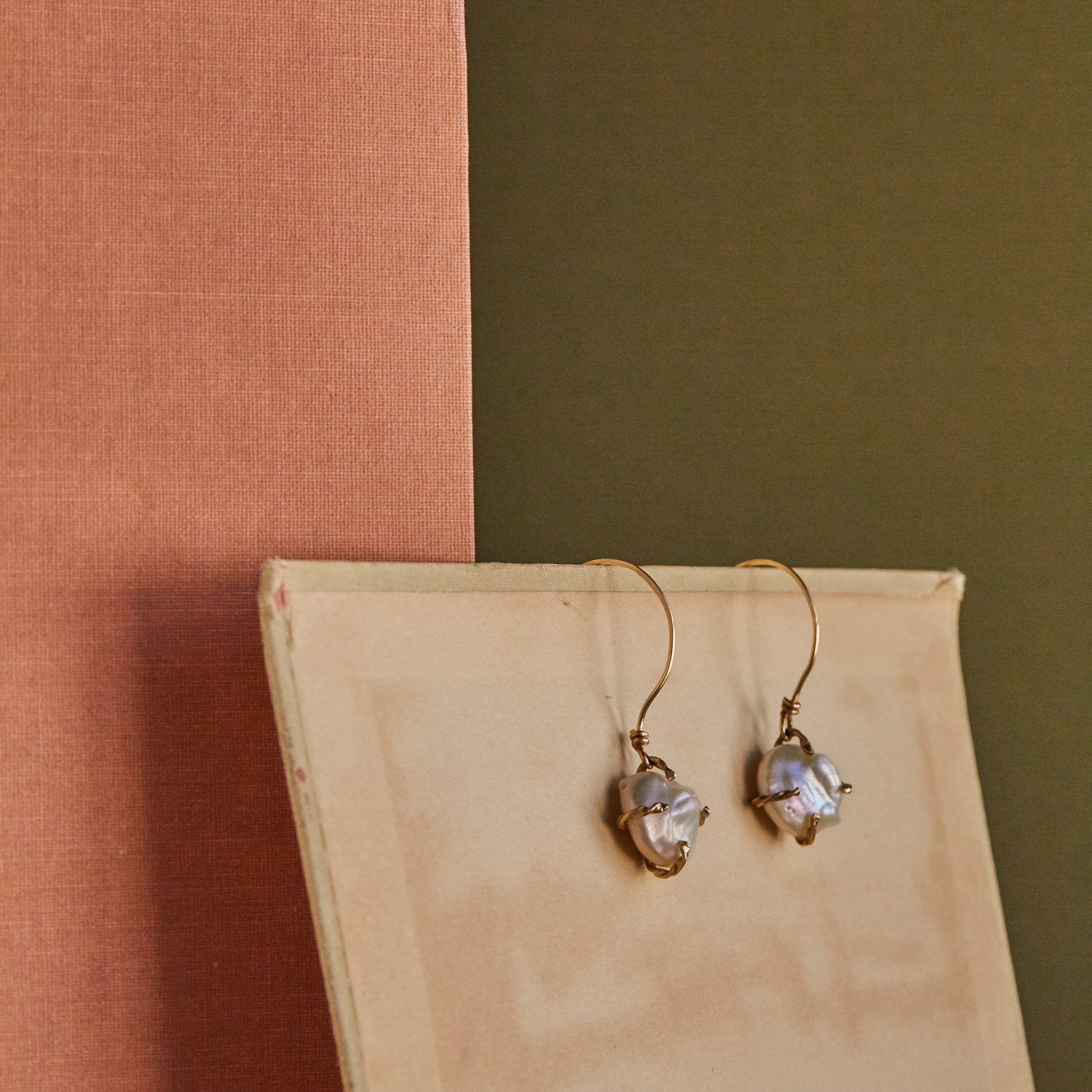|
Wax carving is a jewelry practice that is at least 6,000 years old, in which the artist sculpts a piece of wax at a meditative pace. Wax comes in multiple hardnesses to support various techniques. Tools to manipulate the wax include saws, files, rotaries, heat pens, and more. We love the sculpted organic look achieved through wax carving, as opposed to the technical perfection of 3D printed models. |
 |
 |
Through lost wax casting, the final wax form is used as a model to create a plaster mold. This plaster mold is heated up and the original wax "investment," now liquified, is poured out. Molten gold is then poured into the plaster. Once cool, the plaster is broken, resulting in a cast gold piece that cannot be replicated. This process was used by the Sumerians, ancient Egyptians, Greeks, and Romans; modern casting houses use the same fundamental process. |
Methods
Wax Carving
Learn more about the tactile practice of wax model carving, the history of this process, and how these forms become metal.

